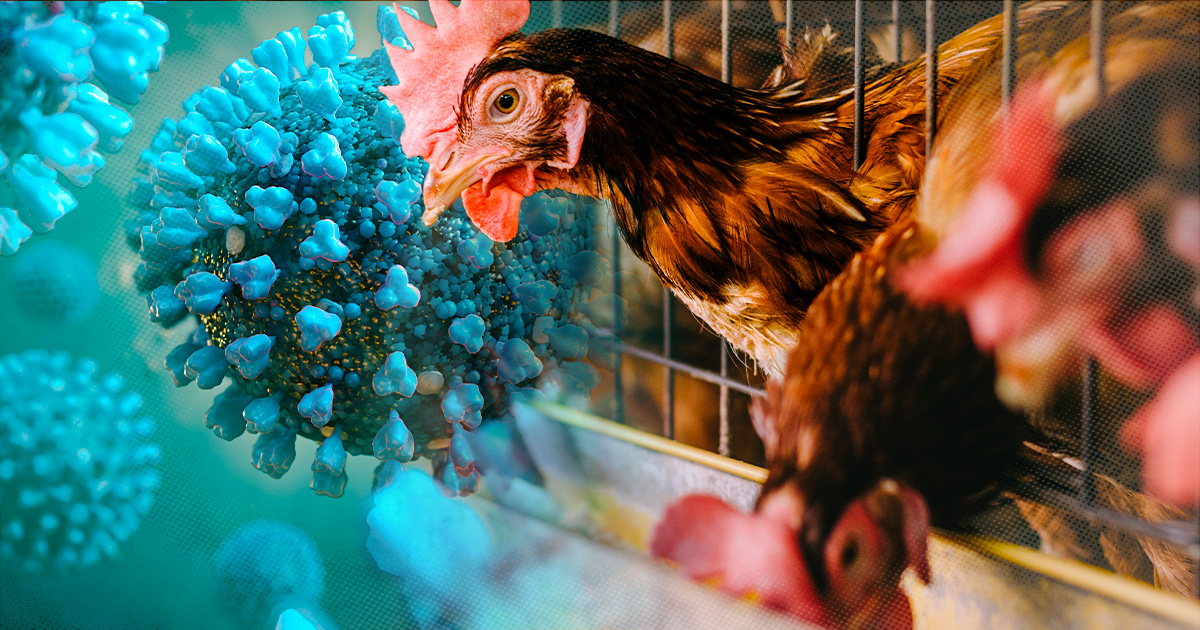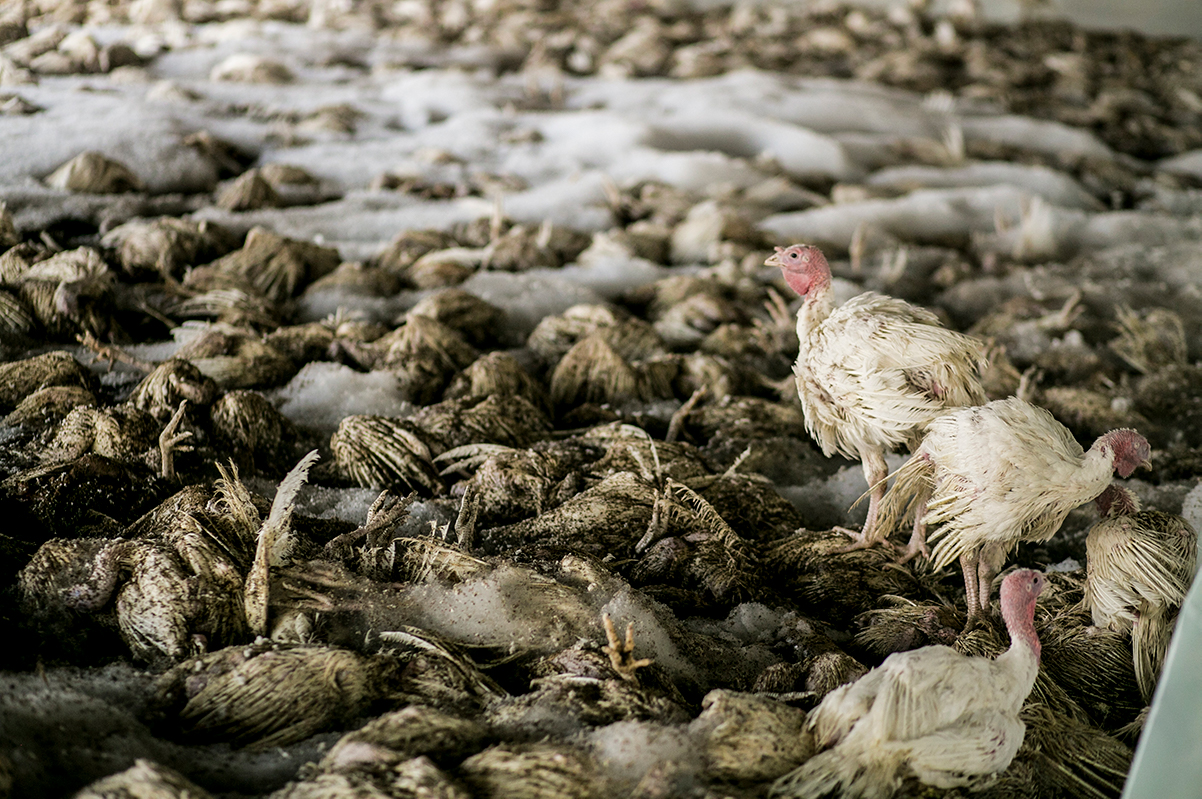Transmission and Epidemiology

Avian influenza, also known as bird flu, is a highly contagious viral infection that affects birds, including domestic poultry and wild waterfowl. The virus can spread among birds through direct contact with infected birds or their bodily fluids, or indirectly through contaminated surfaces, equipment, or food.
Avian influenza, or bird flu, is a highly contagious viral disease that can affect both domestic and wild birds. It can cause severe illness and even death in birds, and can also be transmitted to humans. For the latest updates on avian influenza, check out the LA Times.
Avian influenza is a serious disease that can have a significant impact on the poultry industry and public health, so it’s important to stay informed about the latest developments.
Transmission to Humans
Humans can become infected with avian influenza viruses through contact with infected birds or their bodily fluids, such as saliva, nasal secretions, or feces. This can occur through handling infected birds, cleaning contaminated surfaces, or inhaling airborne virus particles. In some cases, humans can also become infected by consuming undercooked poultry or eggs from infected birds.
Avian influenza is a serious threat to the poultry industry, and it’s important to be aware of the risks. Peter Navarro is a leading expert on avian influenza, and he has written extensively on the subject. In his book, “The Chicken Chronicles,” Navarro provides a comprehensive overview of avian influenza, including its history, symptoms, and prevention.
Navarro also discusses the economic impact of avian influenza, and he offers recommendations for how to protect the poultry industry from this devastating disease.
Geographical Distribution and Prevalence
Avian influenza viruses are found worldwide, with outbreaks occurring in both domestic and wild bird populations. The prevalence of the virus varies depending on factors such as the time of year, bird migration patterns, and the presence of infected birds. Outbreaks of highly pathogenic avian influenza (HPAI) viruses, which can cause severe disease and high mortality in birds, have been reported in various regions, including Asia, Europe, Africa, and the Americas.
Impact of Migration Patterns, Avian influenza
The migration patterns of wild birds play a significant role in the spread of avian influenza viruses. Migratory birds can carry the virus over long distances, introducing it to new populations of birds and potentially causing outbreaks in different regions. The movement of infected birds can also contribute to the emergence of new viral strains through genetic reassortment, which can result in viruses with increased virulence or transmissibility.
Pathogenesis and Clinical Manifestations: Avian Influenza

Avian influenza viruses cause a range of clinical signs and symptoms in birds and humans, depending on the virus strain, the species affected, and the individual’s immune status. In birds, the virus primarily targets the respiratory and gastrointestinal tracts, while in humans, it can cause a variety of systemic symptoms, including respiratory, gastrointestinal, neurological, and cardiovascular manifestations.
Pathogenesis in Birds
In birds, avian influenza viruses typically enter the body through the respiratory tract or the gastrointestinal tract. The virus then replicates in the respiratory epithelium, leading to inflammation and damage to the respiratory tract. This can result in a range of clinical signs, including respiratory distress, coughing, sneezing, and nasal discharge. The virus can also spread to other organs, including the gastrointestinal tract, where it can cause diarrhea, vomiting, and abdominal pain. In severe cases, avian influenza virus infection can lead to death.
Pathogenesis in Humans
In humans, avian influenza viruses typically enter the body through the respiratory tract, either through inhalation of aerosolized virus particles or through contact with infected birds or their secretions. The virus then replicates in the respiratory epithelium, leading to inflammation and damage to the respiratory tract. This can result in a range of clinical signs, including fever, cough, sore throat, muscle aches, and fatigue. In severe cases, avian influenza virus infection can lead to pneumonia, acute respiratory distress syndrome (ARDS), and death.
Zoonotic Transmission and Public Health Risk
Avian influenza viruses are zoonotic, meaning that they can be transmitted from animals to humans. The most common route of zoonotic transmission is through contact with infected birds or their secretions, such as through handling infected poultry or inhaling aerosolized virus particles from infected birds. However, human-to-human transmission of avian influenza viruses is also possible, although it is less common. The risk of zoonotic transmission of avian influenza viruses is highest for people who work with poultry or who live in close proximity to infected birds. However, even people who do not have direct contact with infected birds can be at risk of infection, such as through exposure to contaminated food or water.
Control and Prevention Measures

Avian influenza, also known as bird flu, is a contagious disease that can affect both domestic and wild birds. The virus can also be transmitted to humans, although this is relatively rare. There are a number of control and prevention measures that can be implemented to reduce the risk of avian influenza outbreaks, including biosecurity measures, vaccination, and surveillance.
Biosecurity Measures
Biosecurity measures are practices that are implemented to reduce the risk of disease transmission between animals. In the case of avian influenza, biosecurity measures can include:
- Restricting access to poultry farms
- Disinfecting equipment and vehicles
- Using personal protective equipment
- Properly disposing of dead birds
Vaccination
Vaccination is an effective way to control the spread of avian influenza. Vaccines are available for both domestic and wild birds, and they can help to protect birds from infection. Vaccination is typically recommended for birds that are at high risk of exposure to the virus, such as those that are raised in close quarters or that are frequently transported.
Surveillance and Monitoring
Surveillance and monitoring are essential for detecting and responding to avian influenza outbreaks. Surveillance involves collecting data on the occurrence of the virus in birds, while monitoring involves tracking the spread of the virus and identifying potential sources of infection. Surveillance and monitoring can help to identify outbreaks early on, which can help to prevent the spread of the virus.